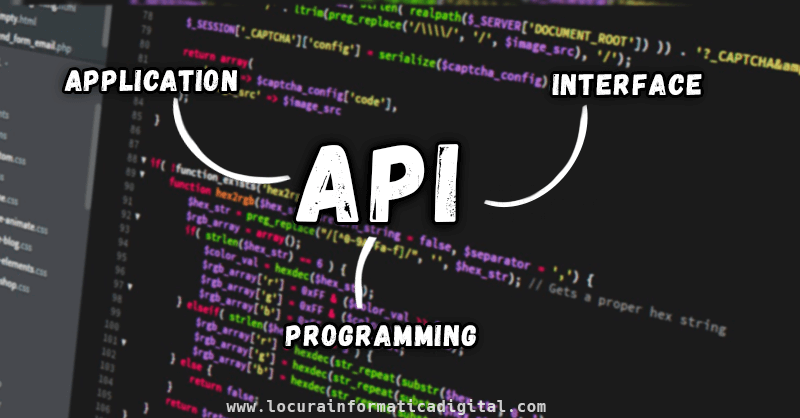
APIs have become an integral part of services to the point that API platforms have become products in themselves. This means that the roles of API consumers have changed from being primarily development-based, to being more involved in customer support, go-to-market, and developer relations.
Because API development requires that consumers and producers closely collaborate from start to finish, consumers need to be aware of the latest updates and changes to APIs, and producers need feedback to make sure they’re on the right track.
While there are many different domains related to collaboration, API collaboration tends to revolve around workspaces such as RapidAPI, Postman, Paw Cloud, and others. Third-party integrations are also important for tools like GitHub, Datadog, and more. Read more about API collaboration here.
Benefits of API Collaboration Workspaces
Shared context is a critical aspect of API collaboration, and workspaces create an environment that is conducive to your team being up-to-date at all times. Let’s go over some of the key benefits of API collaboration workspaces:
- Support for third-party integration with the platforms you use.
- Collaborating on multiple forks at the same time, as well as merge forks and resolve conflicts.
- Dedicate workspaces to specific projects for mirroring your team’s workflow.
- A common area for communication to happen, where ideas and suggestions can be presented.
Approaching Consumer and Producer API Collaboration
There’s different forms of API collaboration depending on the project at hand, but no matter what, people generally follow one of two approaches once deciding on building an API. These approaches are:
API-First: This approach specifies the API to fit a format like OpenAPI, and then the code is written to fit the design.
Code-First: The code is written for the API, and then documentation or specifications are created manually or with the help of technology.
Both approaches have their benefits and drawbacks, but in either case, both human and machine-readable documentation are a goal, it’s just a matter of when in the timeline the documentation is created.
There does exist software which can help define API specification, such as RapidAPI for Teams, as well as tools that can help generate API specifications for APIs that already exist.
Whichever approach you ultimately use, you should also know that most API collaboration occurs during the beginning phases of the API lifecycle. The phases generally go in this order, but may include other phases:
- Planning and designing
- Development
- Deployment
- Retirement or Deprecation
This lifecycle is most applicable to a single API version, and different APIs may have different techniques for versioning. The first version would usually go through the entire lifecycle, and then repeat the process in a second version. Because version deployment breaks changes to the routes, they’ll require new documentation.
Some Best Practices for API Design and Collaboration
When collaborating on API design, it’s very helpful to be sure that everyone involved is aware of the best API design practices. We’ll go over some of these best API design practices that you can share with your team.
Use SSL all the time
There’s pretty much no reason not to use SSL everywhere, and lots of reasons why you should. Your web API can be accessed from anywhere, including unsecure networks and public WiFi. If your API doesn’t send encrypted information, it’s quite easy for authentication credentials to be hijacked.
Write good documentation
Documentation is an integral part of an API, as developers will usually go through the documentation before any attempts at integration are made. If the documentation is poorly written or difficult to find, the workflow is disrupted.
Using HATEOAS in RESTful APIs
Opinions vary as to whether the API consumer is responsible for link creation or if the API should perform the task. However, RESTful design principles specify HATEOAS, which means that interaction with an endpoint should be defined within metadata that comes with the output representation, and is not based on out-of-band information.
So overall, you should assume that the user does have access to the documentation, and include resource identifiers in the output representation which the API consumer will use when crafting links.
Those are just a few of the best practices in API design, particularly for RESTful API, and you can read more here.
You may also like to read:
API (Application Programming Interface) featured image by saul checa, on Flickr.
When it comes to using an API, businesses can take advantage of it. Instead of developing a complex feature from scratch, you can quickly integrate a complete solution and start getting benefits with lower costs.